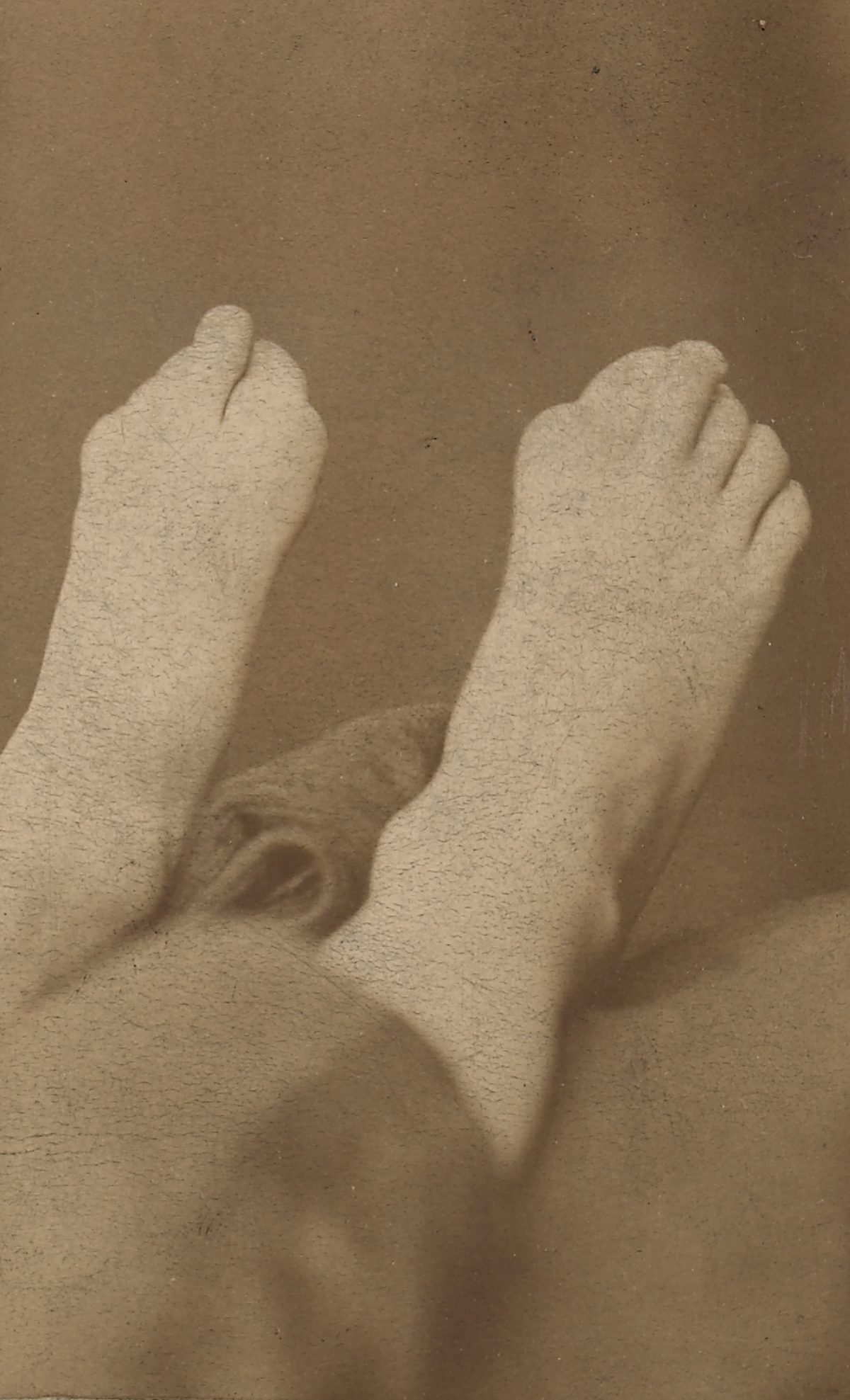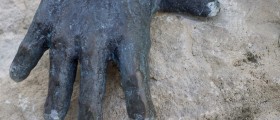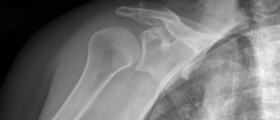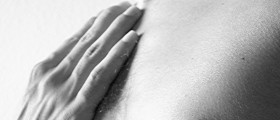
Myositis ossificans is a medical condition which typically affects athletes and develops as a consequence of a blunt injury associated with deep tissue bleeding. This condition features with calcification of the muscles. Initially a hematoma forms at the very site of the injury and it is eventually replaced with a newly formed bone.
This is rather unusual medical condition and it has not been identified why it occurs. The very presence of abnormal bone tissue can be easily visualized with the x-ray of the specific area.
Classification of Myositis Ossificans
As it has already been mentioned the most frequent type of myositis ossificans is non-hereditary form which occurs due to trauma to the muscles. The most commonly affected muscle is the quadriceps or muscles in the arms.
The second type of disease is known as myositis ossificans progressiva. This medical condition is inherited and is not related to any kind of injury. The bone tissue in myositis ossificans progressiva grows in a predictable pattern.
Presentation of Myositis Ossificans
The condition may be asymptomatic and found accidentally if radiographs are performed for other reasons. In majority of cases ossifications affects the thigh or the arm. Their growth is usually induced by premature return to physical activity after an injury. Apart from the thighs and arms myositis ossificans can also affect intercostal spaces, pectoralis muscles, glutei and the chest.
Treatment for Myositis Ossificans
Patients suffering from myositis ossificans must have plenty of rest. The rest is essential and necessary for proper recovery. The movements of the affected area are restricted. If the person is suffering from pain it will subside once the affected area is immobilized. Immobilization in general accelerates the process of healing.
Once the specific part of the body is injured significant help is obtained from cooling the affected area. Ice packs or cold compresses are supposed to be held on the injured area several times a day. They reduce swelling and accumulation of blood in the injured area and this way prevent the occurrence of bone formation. Massage of any kind must be avoided since it may increase bleeding and only contribute to the onset of myositis ossificans. Massage can be only applied after certain period of time. It is effective when it comes to increasing flexibility and strength of the injured muscles. These effects can be also achieved by physical therapy.
Medicamentous therapy for myositis ossificans includes anti-inflammatory medications such as Indomethacin.
If patients complain about intensive pain which tends to linger months after the injury the bone can be surgically removed from the injured muscle. Surgery is also performed if the bone irritates the nerve or interferes in normal joint motion. Prior the surgery doctors wait for the bone to 'mature' which takes approximately 6 to 12 months.

















Your thoughts on this
Loading...